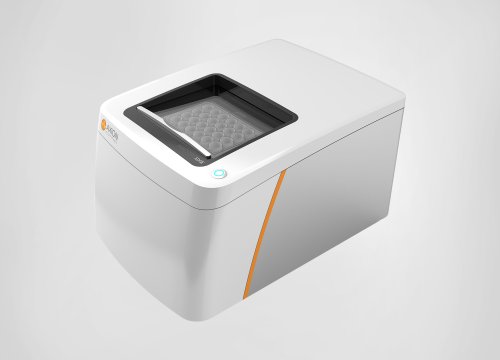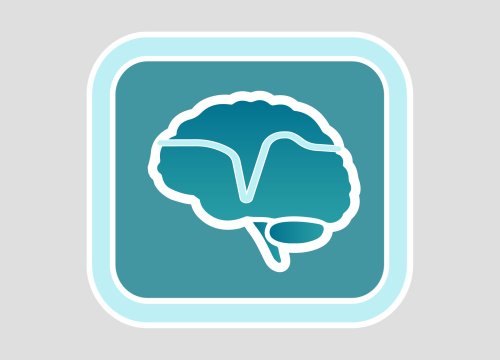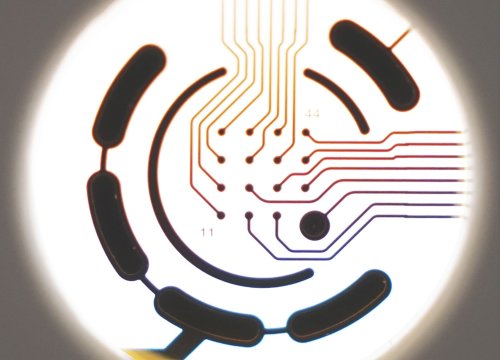Authors: Nehme R, Pietiläinen O, Artomov M, Tegtmeyer M, Valakh V, Lehtonen L, Bell C, Singh T, Trehan A, Sherwood J, Manning D, Peirent E, Malik R, Guss EJ, Hawes D, Beccard A, Bara AM, Hazelbaker DZ, Zuccaro E, Genovese G, Loboda AA, Neumann A, Lilliehook C, Kuismin O, Hamalainen E, Kurki M, Hultman CM, Kähler AK, Paulo JA, Ganna A, Madison J, Cohen B, McPhie D, Adolfsson R, Perlis R, Dolmetsch R, Farhi S, McCarroll S, Hyman S, Neale B, Barrett LE, Harper W, Palotie A, Daly M, Eggan K.
Nature Communications, 2022.
Scientists use Axion’s bioelectronic Maestro platform and other methods to investigate links between 22q11.2 deletion and psychiatric disease.
People with 22q11.2 deletion (22q11.2del)—a mutation that occurs in about in about one of every 4,000 live births—are at an increased risk for schizophrenia, autism spectrum disorder, intellectual disability, and other conditions, but this relationship is not fully understood. In this study, scientists use a multiplatform approach to examine the transcriptional and functional consequences of 22q11.2del using induced pluripotent stem cells from 22q11.2del carriers and controls, as well as 22q11.2del human embryonic stem cell lines engineered using CRISPR/ Cas9.
To investigate neural network development and activity over the course of 42 days of neuronal differentiation in vitro, the authors used Axion’s noninvasive Maestro multielectrode array (MEA) platform. Compared to controls, the 22q11.2del neurons displayed a significantly lower spiking rate starting at 21 days of differentiation—results the authors describe as “striking, as it was consistent with the notion that the altered abundance of synaptic transcripts and activity-dependent gene expression we observed by RNA sequencing was associated with functional effects on network activity in 22q11.2del neurons.” Taken together with other results illustrating complex links between 22q11.2del and psychiatric illness, the authors suggest that these findings may lead to the discovery of novel therapeutics for people carrying the variant in the future.


